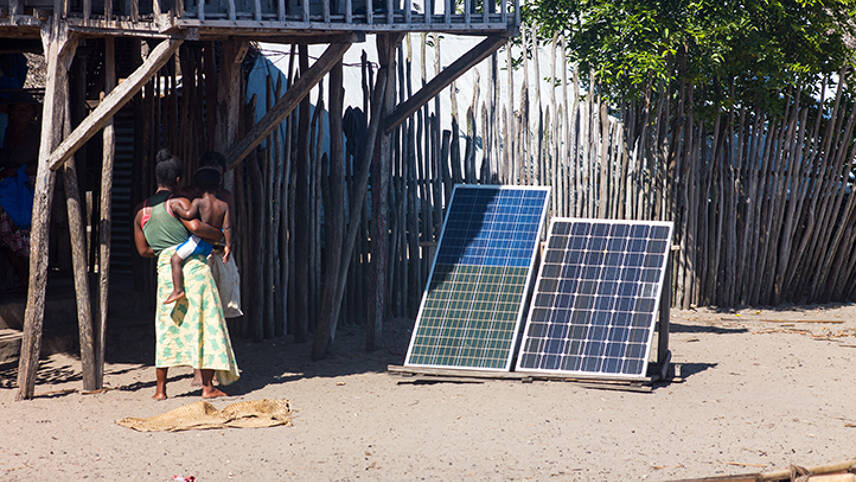Register for free and continue reading
Join our growing army of changemakers and get unlimited access to our premium content

The funding will support projects for the next eight years
At the end of September 2021, global technology company Salesforce announced that was a net-zero company “across its full value chain” and had reached 100% renewable energy for its operations.
But with almost 800 million people unable to access electricity at present, and the figure stands at 2.6 billion for those who cannot access clean cooking fuels, Salesforce has unveiled a new partnership to finance and accelerate renewable projects in parts of the world that need it most.
Salesforce has today (14 February) announced that it will purchase 280,000MWh of distributed renewable energy over the next eight years in emerging markets.
Projects will be coordinated by Powertrust, a renewables aggregator, using Distributed Renewable Energy Certificates (D-RECs), a financial mechanism that enables organisations to deploy capital for small-scale, distributed clean energy initiatives.
The funding will support projects for the next eight years and help maintain Salesforce’s commitment to match 100% of the electricity the company uses with renewable energy.
Potential projects within this portfolio include: replacing diesel generators in Brazil with a solar-powered microgrid for a remote community along the Amazon River, delivering a solar-powered microgrid in Nagaland, an eastern state in India for an isolated mountain community, a solar and storage installation for a hospital in Sub-Saharan Africa and a new microgrid in the Borneo region of Malaysia, which is home to 72% of rural Malaysians who lack access to electricity.
“Nearly 95% of corporate renewable energy purchases today take place in North America and Europe. We need to ensure the rest of the world isn’t left behind,” Salesforce’s power sector decarbonisation lead and co-author of the More than a Megawatt report, Megan Lorenzen, said.
“Small, decentralised renewable energy projects can, in many cases, deliver greater impact than large utility-scale facilities, delivering higher emissions impact and positively transforming lives and communities around the globe.”
Investment increase
The International Energy Agency (IEA) previously assessed investment and policy ‘gaps’, which will need to be closed if the world is to deliver on the IEA’s vision for net-zero by 2050.
The Agency warned that annual investments in both clean and fossil-based energies have fallen by one-fifth for developing nations and emerging economies since 2016, on average. Between 2016 and 2020, these nations accounted for just one-fifth of global energy investment.
This trend, alongside the growth in investment in renewable power in many developed nations, means that emerging and developing economies will likely account for the majority of emissions growth through to 2040. Emissions from these nations could be five billion tonnes higher in 2040 than they are today.
To align with the IEA’s net-zero vision, renewable energy investment in developing nations must increase sevenfold.
Last year, Damilola Ogunbiyi, Special Representative of the UN Secretary-General for Sustainable Energy for All and Co-Chair of UN-Energy and Ashvin Dayal, senior VP for climate at the Rockefeller Foundation, discussed how the clean energy transition can be for the benefit of the many, not just the few. Read the piece here.


Please login or Register to leave a comment.